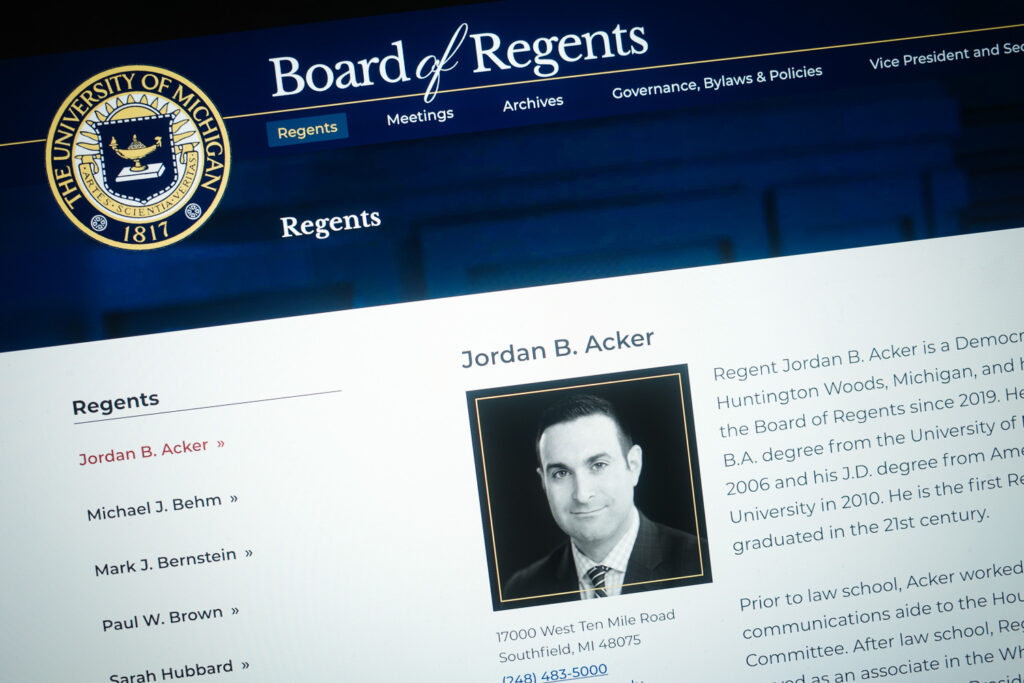In April, President Donald Trump signed an executive order to revive U.S. shipbuilding and challenge China’s dominance in global shipping. The order calls for a Maritime Action Plan and targets China’s shipbuilding and cargo dominance.
The idea plays well with supporters of industrial revival. But in former shipbuilding towns like Bay City, it also raises the question: What happens when the ambition is there but the infrastructure is gone?
Bay City was once a force in American shipbuilding.
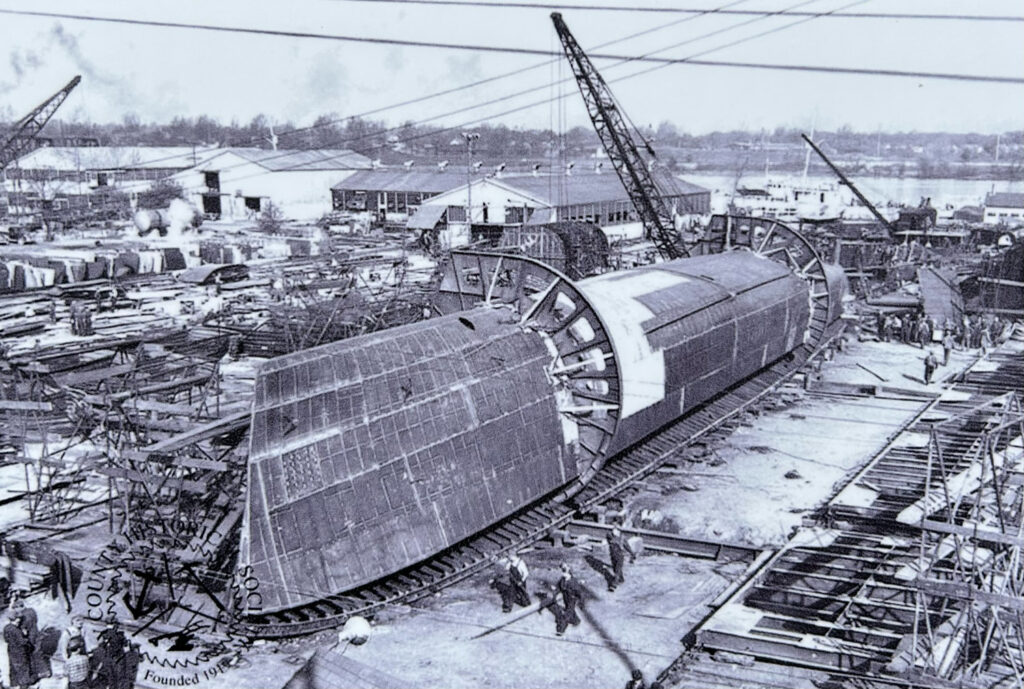
Sitting along the Saginaw River, it launched hundreds of vessels from the late 1800s through the mid-20th century—schooners, freighters, and military ships. The Defoe Shipbuilding Company, one of its giants, built warships for the U.S. Navy during World War I and World War II. At its peak, Defoe employed thousands of workers and bolstered the local economy.
But by the end of the 1970s, Defoe was done. Wartime contracts dried up, global competition sharpened, and American industry shifted priorities. What used to be a hub of national significance is now a public park, a symbol of change rather than simply decline.
DeFoe Park sits right across the river from where the DeFoe Shipyard sat.
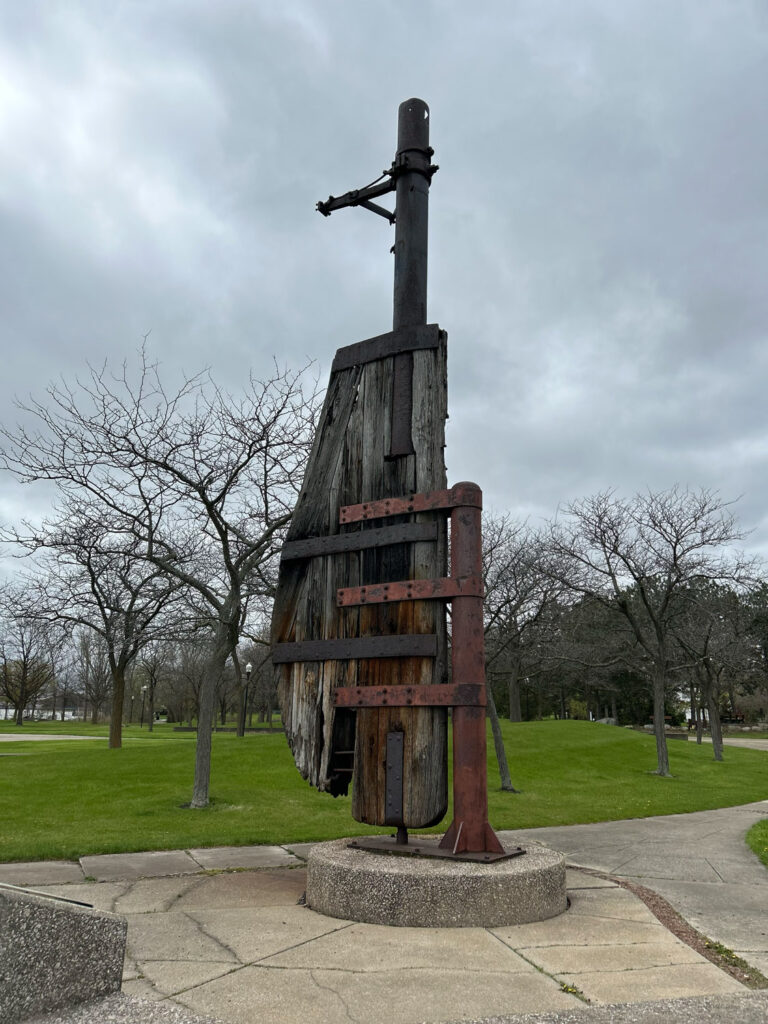
The name DeFoe is now equated with a park in Bay City rather than a shipbuilding company. The residents have forgotten DeFoe was a word associated with opportunities, jobs, and shipbuilding.
There’s no shipbuilding left in Bay City. And short of massive, sustained federal investment, there likely never will be again.
Trump’s order is ambitious. It aims to strengthen U.S. shipbuilding, shield strategic industries, and bring manufacturing jobs back home. But ambition doesn’t rebuild shipyards.
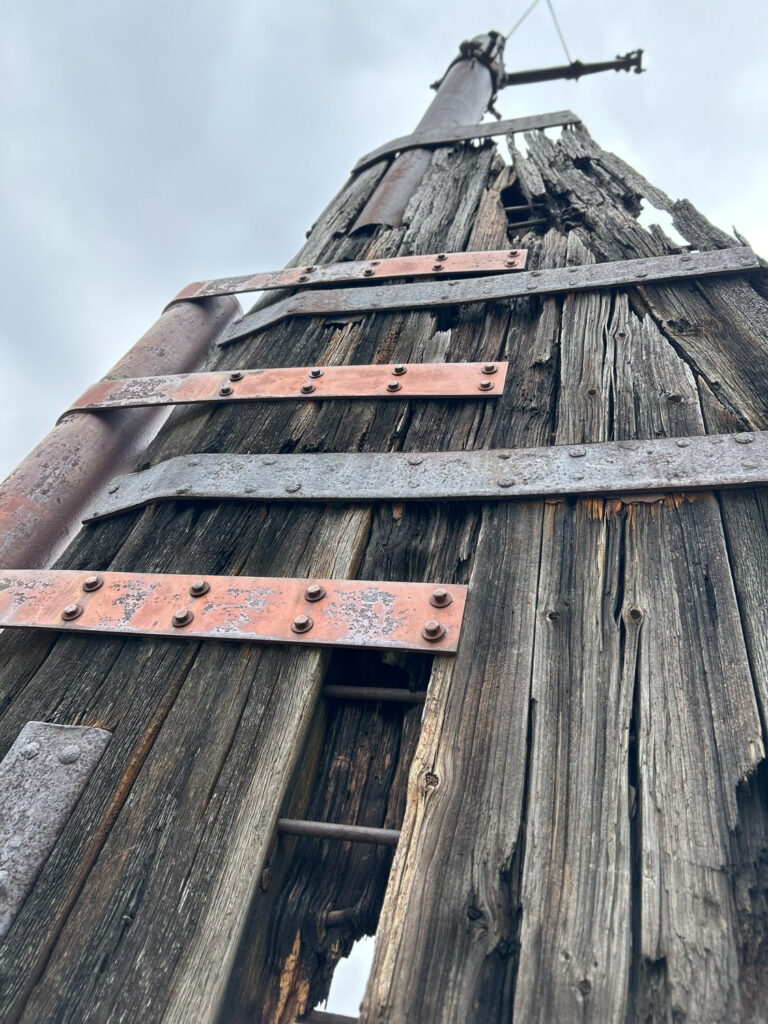
How many of the facilities America once counted on are still standing?
Most have been dismantled, sold off, or turned into something else. The workers moved on. The tools are gone. Entire towns, like Bay City, redefined themselves for a different future.
This isn’t just a Trump-era problem. It’s the result of decades of offshoring, federal budget cuts, and bipartisan neglect. The shipbuilding renaissance Trump envisions isn’t going to happen evenly—and many of the places that once built America’s fleets may be left out entirely.
Can shipbuilding come back? Technically, yes. But it’s not simple.
The U.S. still builds ships, mostly military vessels, at a handful of specialized yards capable of handling billion-dollar, multi-year projects. Civilian shipbuilding—for cargo ships, tankers, ferries—has all but disappeared as the result of cheaper, foreign competition.
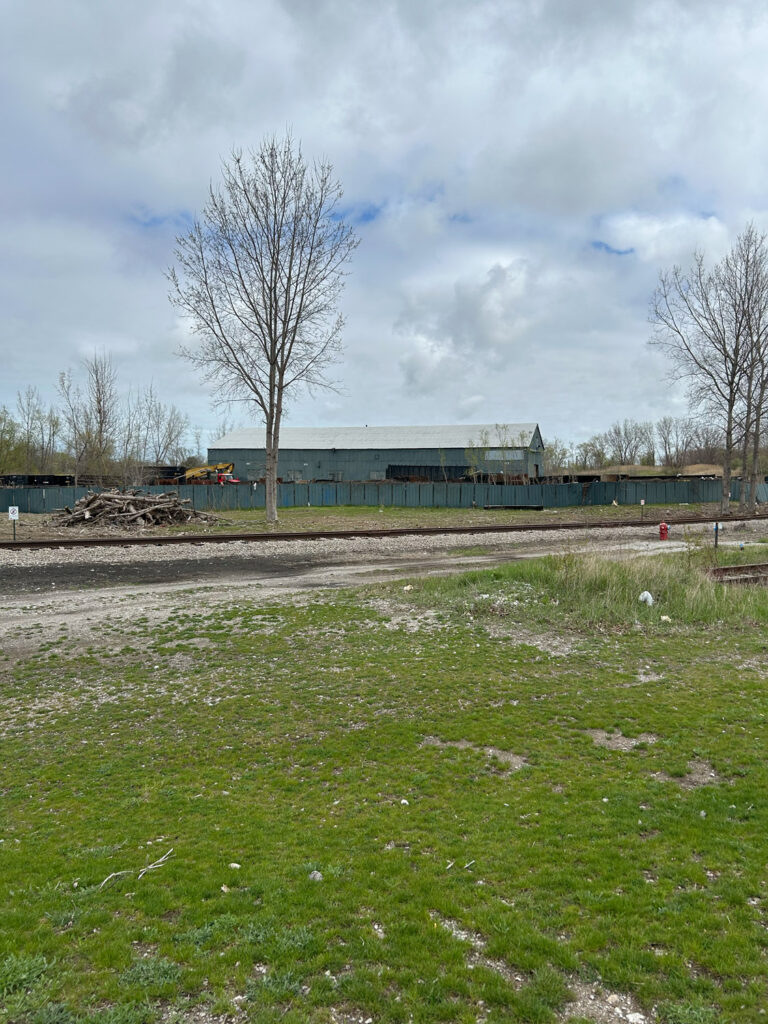
Bay City shouldn’t resurrect its shipbuilding past. Instead, it should honor that legacy in new industries.
Trump’s plan might boost shipbuilding in a few places where facilities still exist or ports can expand. But Bay City won’t benefit. Nostalgia can inspire people, but it can’t rebuild an economy.
Bay City mattered. Its ships mattered. Its workers mattered. And it deserves to be part of America’s future. Sometimes the clearest message a city can send is: “We remember. But we’ve moved on.”
Trump’s order taps into something real: a hunger for meaningful work, pride in American industry, and the hope that communities won’t keep getting left behind.
The message may stir the national imagination. But the reality is simple: You can’t bring the jobs back if the shipyard is no longer there.
Landen Taylor is a musician and explorer living in Bay City. Follow him on Instagram @landoisliving.



